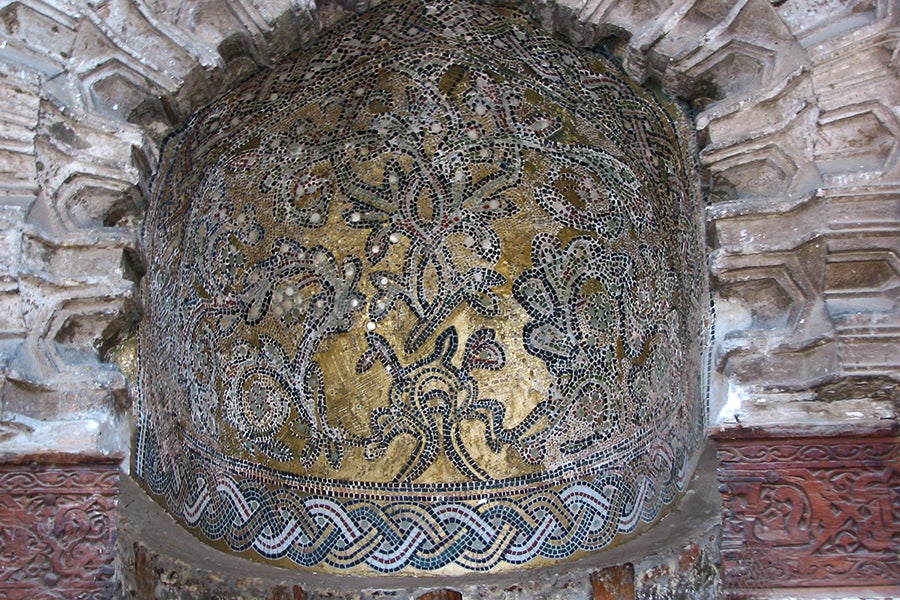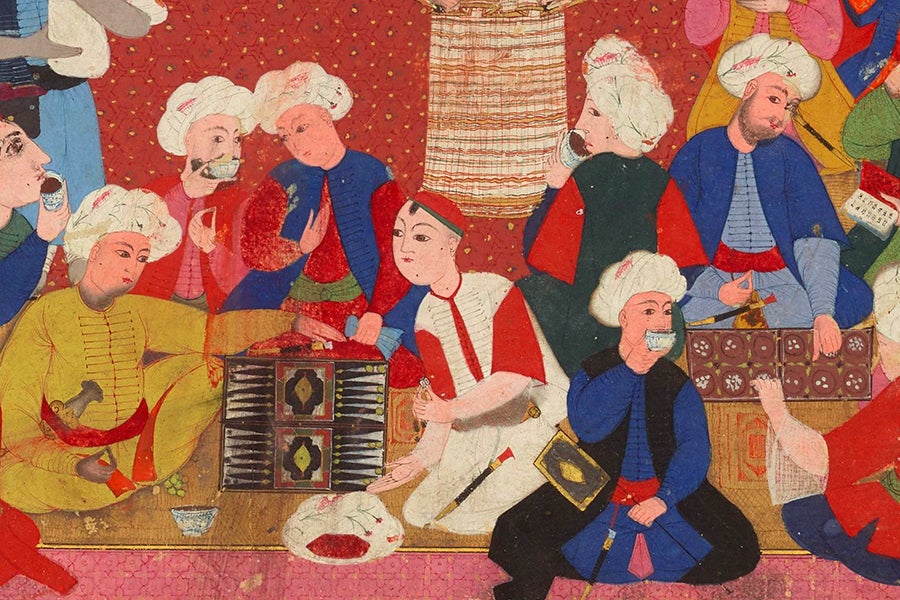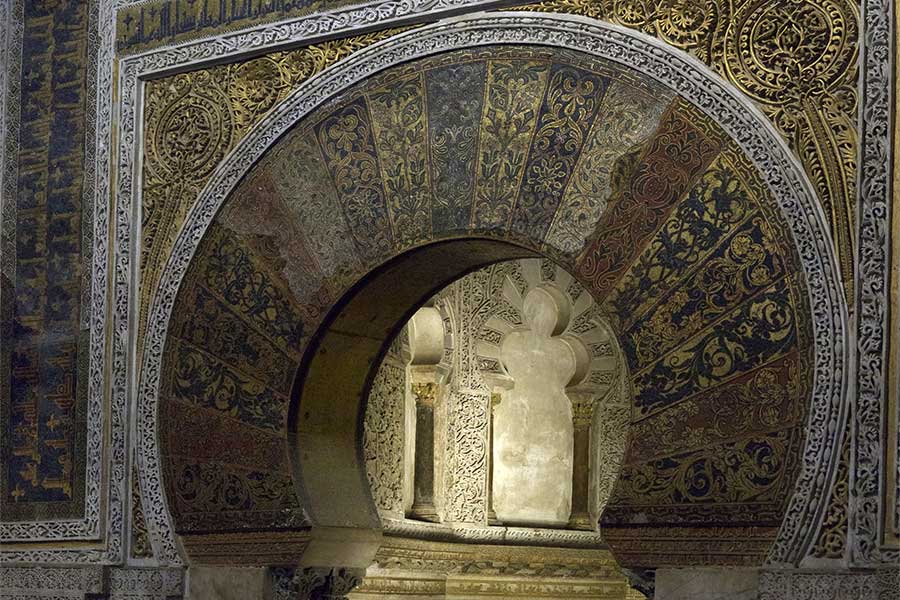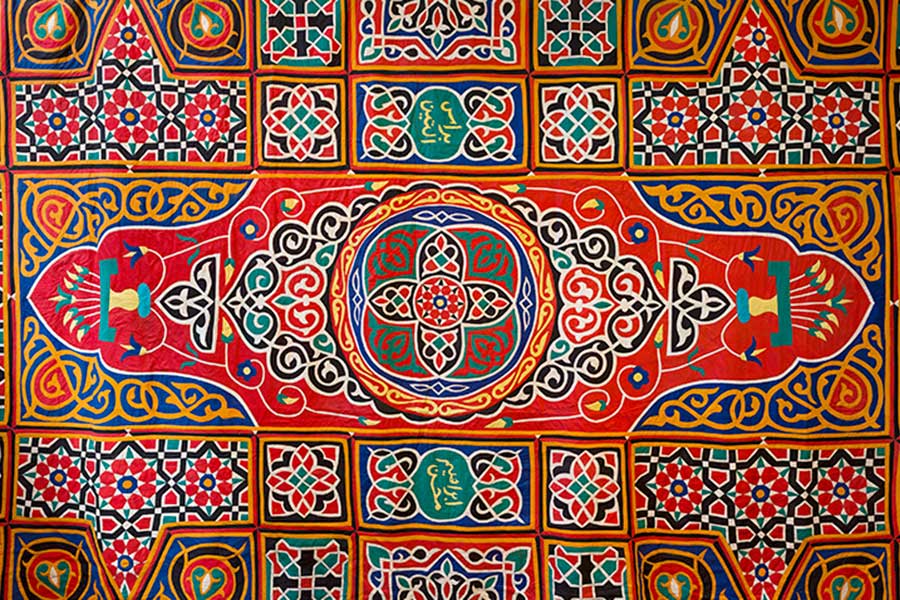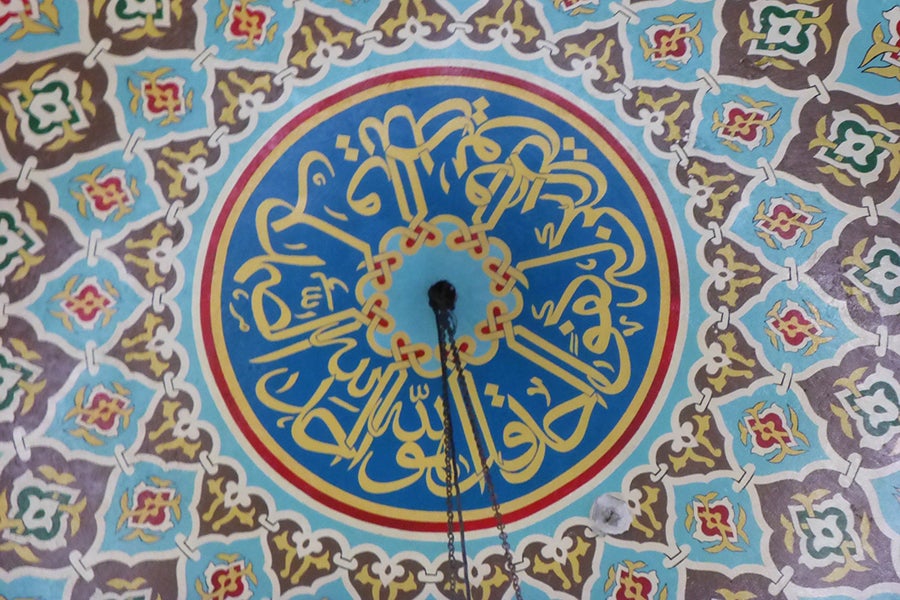Madrasat al-Firdaws in Aleppo Yasser Tabbaa Synopsis: Founded in 632/1235 by the Regent Queen Dayfa Khatun, the Madrasat al-Firdaws impresses us today by its female patronage, architectural merits, and by its long and unique inscriptions. Its eleven domes and magnificent mihrab emulate similar features in the earlier Shi‘i Mashhad al-Husayn while its exterior iwan, once…
Tag: Islamic Architecture
Tree of Pearls: Shajar al-Durr and her Architectural Patronage
Tree of Pearls: Shajar al-Durr and her Architectural Patronage D. Fairchild Ruggles Synopsis: In the mid-thirteenth century, Shajar al-Durr—or “Tree of Pearls”—rose from slavery to become the first female sultan of Egypt, and ultimately the first in what would become the Mamluk line of sultans. With wealth and political power, she built innovative tombs for…
The Ashab Mosque in Quanzhou: A Coastal Mosque in South China
The Ashab Mosque in Quanzhou: A Coastal Mosque in South China Sylvia Wu Khamseen Graduate Student Presentation Award 2022 Recipient Synopsis: This presentation examines the Ashab Mosque in Quanzhou, China. Although it has long been considered an exception among premodern Chinese mosques, the structure is rarely examined beyond formal comparisons against local and global architectural…
Coffee and Coffeehouses in Ottoman and Safavid Lands, 1500-1800
Coffee and Coffeehouses in Ottoman and Safavid Lands, 1500–1800 Farshid Emami Synopsis: A plant native to the highlands of Ethiopia, coffee was first consumed as a hot beverage in the Yemen during the fourteenth or fifteenth century. During the sixteenth century, the new drink spread beyond the Arabian Peninsula and coffeehouses proliferated in the eastern…
Living Survey: Overview of Khamseen Topic Presentations
Sandra Williams This document provides a list of Khamseen short-form presentations organized in roughly chronological fashion as well as research tools and collection overviews provided by museums, libraries, and other repositories. It is a living document and therefore will become more comprehensive as Khamseen continues to develop more presentations. Please check back for regular updates.…
Mihrab at the Great Mosque of Córdoba
Mihrab at the Great Mosque of Córdoba Glaire Anderson Synopsis: This talk briefly introduces the architecture and decoration of the mihrab of the Great Mosque of Córdoba. Taking the form of a discrete chamber, and richly ornamented with carved marble and gold mosaics, the mihrab is the focal point of the mosque’s prayer hall as expanded…
The Nuruosmaniye Mosque and the Ottoman Baroque
The Nuruosmaniye Mosque and the Ottoman Baroque Ünver Rüstem Synopsis: Focusing on the imperial Nuruosmaniye Mosque (1748–55), this presentation explores the Ottoman Baroque, a new, globally resonant style of architecture that reshaped the Ottoman capital of Istanbul during the eighteenth century, when shifting political and cultural circumstances prompted the Ottoman court to develop novel strategies…
The Egyptian Tentmakers and the Art of Khayamiya
The Egyptian Tentmakers and the Art of Khayamiya Sam Bowker Synopsis: This talk introduces the textile art of tentmaker appliqué, or “khayamiya.” Historically, the Egyptian tentmakers sewed complex decorative interiors for urban tents, providing spectacular temporary venues for public and private events. Today, they use these skills to create textile artworks resembling quilts, sustaining their…
Monumental Mosques in Latin America: Key Modern and Contemporary Case Studies
Monumental Mosques in Latin America: Key Modern and Contemporary Case Studies Caroline “Olivia” Wolf Synopsis: Although largely overlooked in the study of Islamic art, the architecture of purpose-built mosques and Islamic Cultural Centers in Latin America powerfully negotiate religious space and identity for diverse Muslim communities in predominantly Catholic countries. This presentation provides a brief…
The Baths of al-Walid at Qusayr ‘Amra
The Baths of al-Walid at Qusayr ‘Amra Alexander Brey Synopsis: Qusayr ʿAmra (sometimes called Qasr ʿAmra) is an eighth-century bathhouse located in eastern Jordan. Decorated for the Umayyad crown prince al-Walid ibn Yazid before he ascended to the caliphate in 743, the baths are filled with an astonishing variety of figural imagery. Synthesizing work by…



